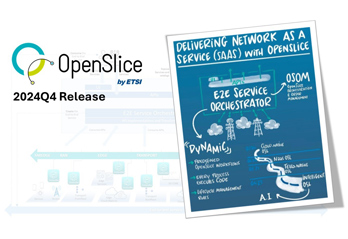Cybersecurity Standardisation Conference 2025: Paving the Way for a Safer Digital Europe
Posted by ETSI COMS TEAM 6096 HitsBrussels, 21 March 2025
The European Standardisation Organisations (ESOs) CEN, CENELEC, ETSI, together with ENISA, the EU Agency for Cybersecurity, successfully co-hosted the 9th Cybersecurity Standardisation Conference on 20 March 2025 in Brussels.










